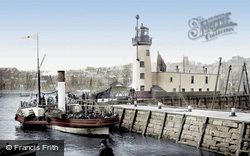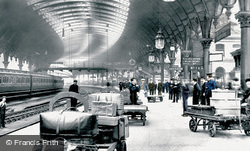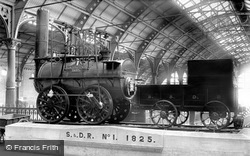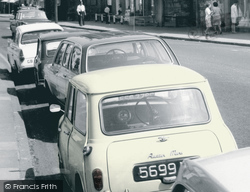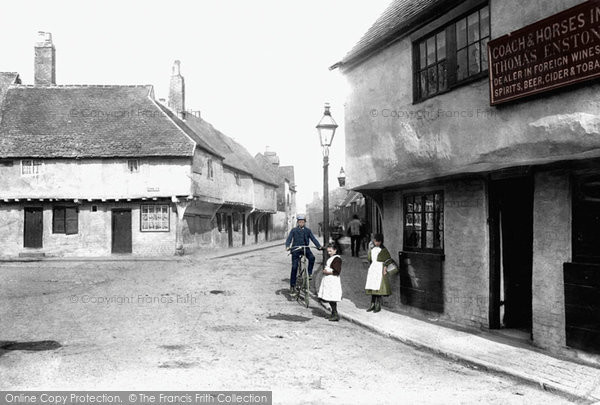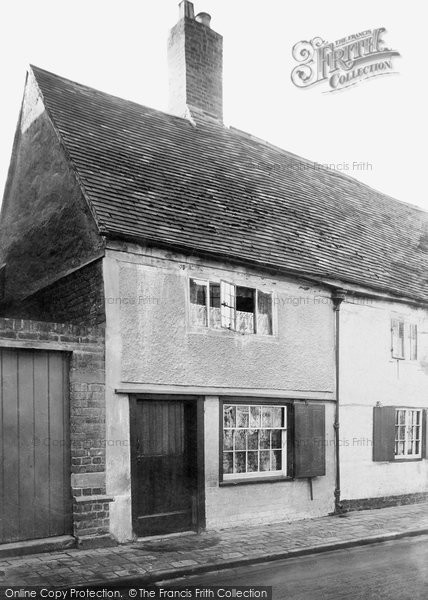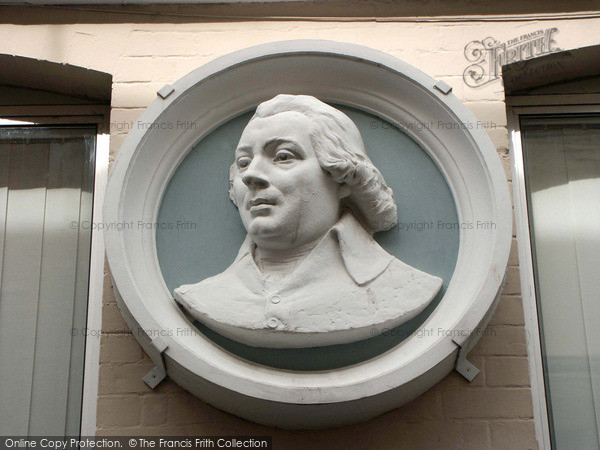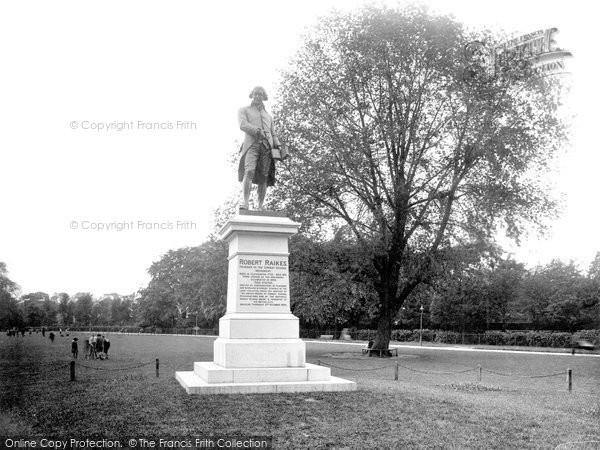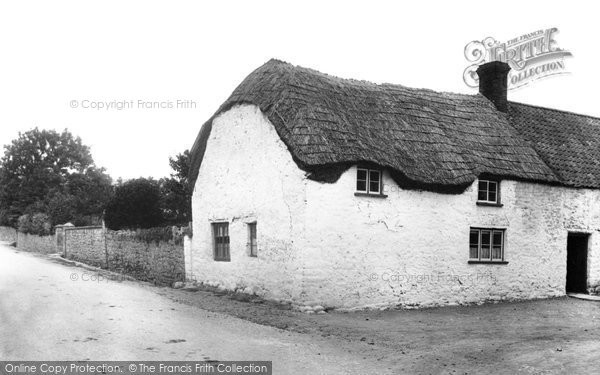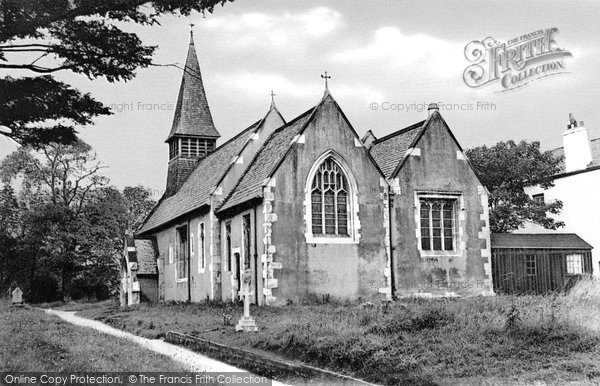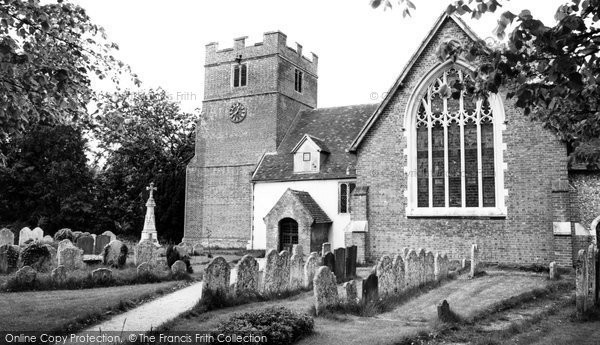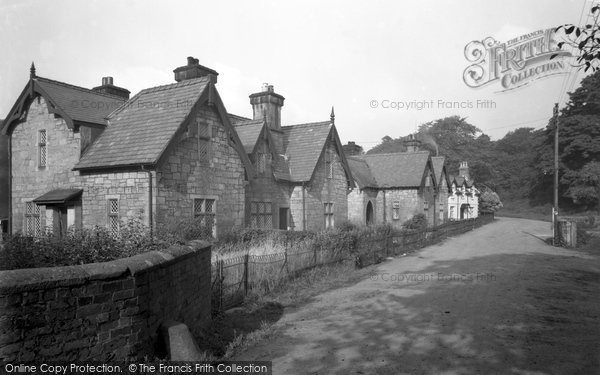Merry Christmas & Happy New Year!
Christmas Deliveries: If you placed an order on or before midday on Friday 19th December for Christmas delivery it was despatched before the Royal Mail or Parcel Force deadline and therefore should be received in time for Christmas. Orders placed after midday on Friday 19th December will be delivered in the New Year.
Please Note: Our offices and factory are now closed until Monday 5th January when we will be pleased to deal with any queries that have arisen during the holiday period.
During the holiday our Gift Cards may still be ordered for any last minute orders and will be sent automatically by email direct to your recipient - see here: Gift Cards
Search the Archive
Explore all the places you remember!
Subscribe
Join the thousands who receive our regular doses of warming nostalgia! Have our latest blog posts and archive news delivered directly to your inbox. Absolutely free. Unsubscribe anytime.
Say Hello!
How to keep in touch with us.Sunday School
Published on February 16th, 2019
Many young children in Britain’s towns and cities in the past worked for long hours in factories and workshops, and ran riot in what little free time they had, with little or no education available to the poor. In 1780 a Gloucester man, Robert Raikes (1736-1811), embarked on a philanthropic mission, and his extraordinary legacy has shaped the lives of millions of children world-wide ever since. He is widely regarded as the founder of the Sunday School movement, and through his schools Raikes offered free education to any child. Soon news of these Sunday schools in Gloucester spread far and wide, and Sunday schools eventually evolved into a national movement where children were taught reading, writing, arithmetic and a knowledge of the Bible – by 1831 Sunday Schools were teaching 1,250,000 youngsters every week. Sunday Schools were where most children received a rudimentary education until the passing of Forster’s Education Act in 1870.
We hope you enjoy these photographs from The Francis Frith Collection of some of these early Sunday schools. Scroll down to the bottom to read some living memories of attending Sunday school from visitors to the website.
"I sang in the church choir. My sister Maureen and I regularly attended Sunday School in our big bonnets and net gloves and best silk dresses made by my grandma. I loved collecting the Sunday School stamps and sticking them in the book. The bank of the church used to be covered in primroses in the spring and ox-eye daises in summer.""
Memory: A Lovely Devon Village
"As children we went to Sunday School from an early age. As 'littlies' - not being old enough (under 5's) to concentrate on any serious bible teaching, we attended kindergarten in the Gertrude Bell Hall with Mrs Bailey - the Vicar's wife. She loved us all and hugged us - although I do remember her corsets creaked as she hugged us. There is something to be said for modernisation - at least our bones were allowed to form at a normal rate instead of being forced into corsets. Must laugh though. It's surprising that our mothers managed to have children normally isn't it given the unnatural constrictions of the corsets!""
Photo:
Armthorpe, Church Of St Leonard And St Mary c.1960.
Memory:
Sunday School
"We came back to Bramley in 1958, and I went to school there, until 1964. Every Sunday we used to go to Sunday School. Miss Tubb was the Sunday school mistress, and Tommy Tunstall was the vicar. It was fantastic, a lovely village to grow up in. So safe to cycle round. My name was Attwood in those days, and sometimes my Dad helped out by taking the services in church.""
Photo:
Bramley, St James Church c.1960.
Memory:
Sunday School
"I come from Camborne so we went to Porthminster all summer as a child. Between 1966 and 1972 I went with the Sunday School to the tea treats at Porthminster Beach, our families all came by train and rented the beach tents and deck chairs for the day, and the best part of all was the tea treat bun, the bottle of pop, the Sunday School sing song and scavenger hunts.""
Memory: Sunday School Tea Treats
"Mrs Ingman, my Sunday school teacher, lived in the first house at Mill Terrace. The houses were so small inside, maybe two rooms downstairs and two upstairs but they had so much character. Mrs Ingman seemed so old when I was a child but she was probably only about middle sixties. I considered myself to be a favourite of hers but looking back, she was kind to everyone. I remember a huge, round dining room table in her sitting room ....I think she was very proud of it because I've never seen such a shine on a table. Mr Fitzhugh owned the church in the village and we attended services 3 times on a Sunday and choir practice on a Wednesday. Mr Fitzhugh never failed to turn up even when he was ill. I remember him often sneezing into a huge handkerchief in Sunday school. My father, Fritz Franke of the Bridge House, had a lot of time for him and respected him greatly.
We had wonderful Sunday school parties at Mr Fitzhughs` house and every child was given a book. Those books meant a great deal to me and I`ve still got them 40 years later.
A Sunday was a family day ....we went to church, watched old films on the telly and ate a huge roast if we were lucky.""
Photo:
Bersham, Mill Terrace 1953.
Memory:
My Sunday School Teacher
Subscribe
Join the thousands who receive our regular doses of warming nostalgia! Have our latest blog posts and archive news delivered directly to your inbox. Absolutely free. Unsubscribe anytime.

